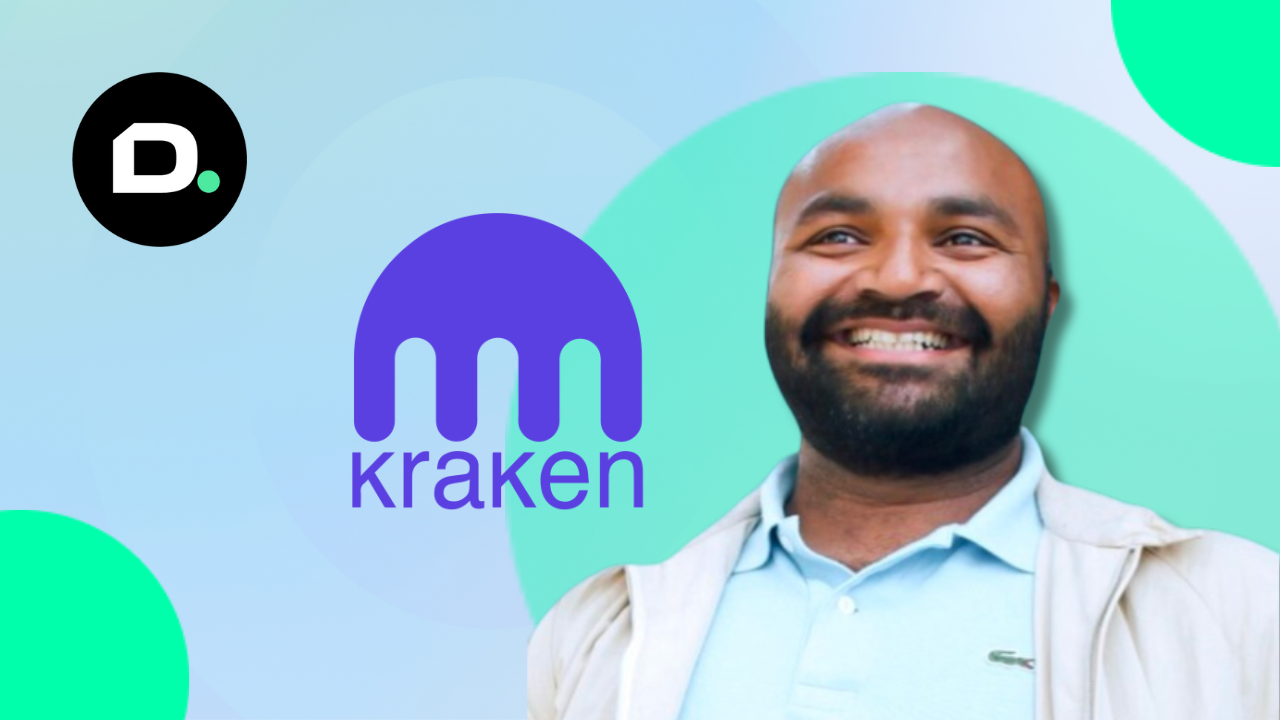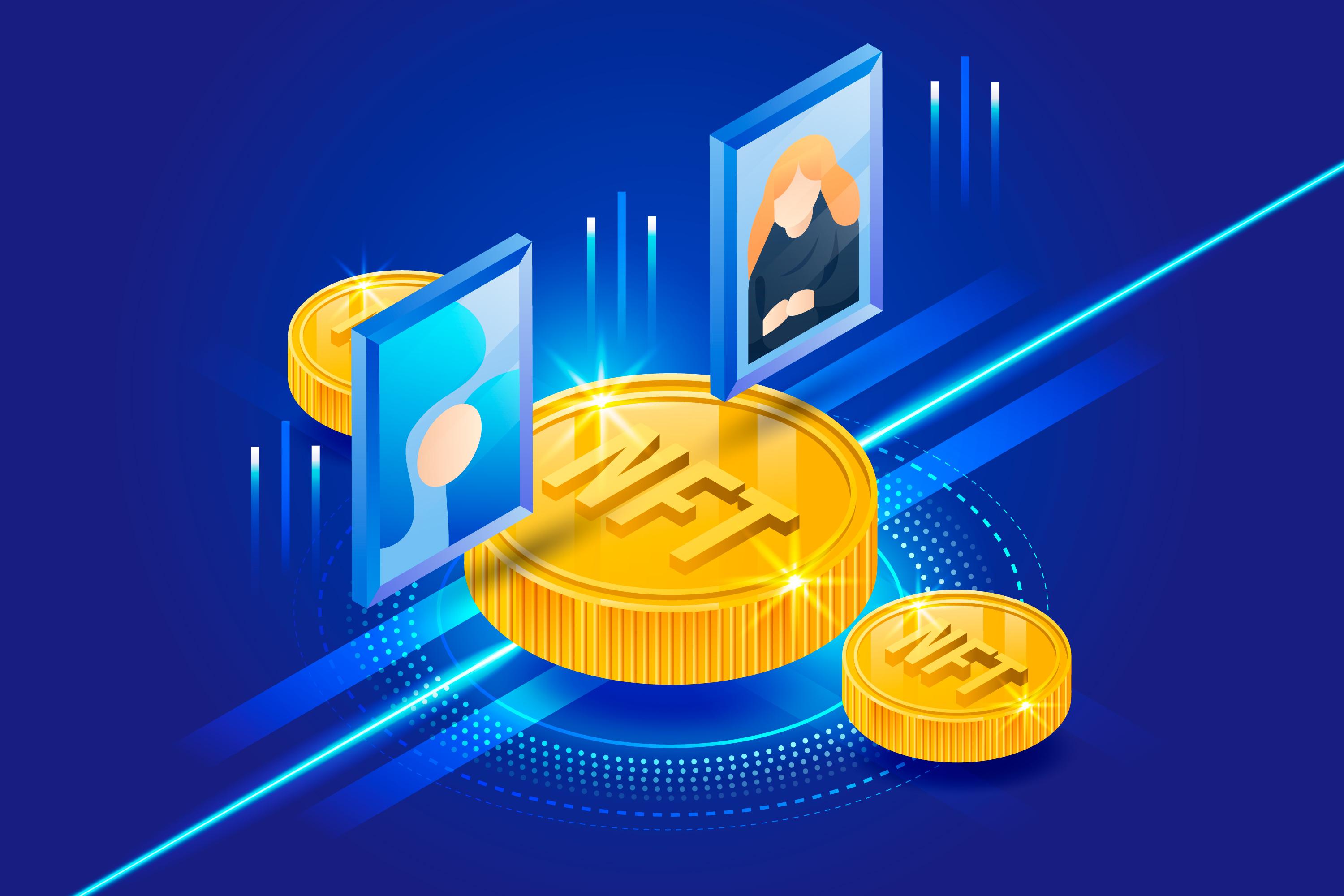How NFT Physical Products Disrupt Traditional Marketplaces

Traditional marketplaces have democratized the shopping experience for consumers and provided businesses an opportunity to tap into a global market. But they’re plagued with inefficiencies and challenges, many of which stem from the absence of verifiability throughout the product life cycle.

In this interview, Jon Margolis, Head of Business and Corporate Development at The Sandbox, discusses his journey into the web3 space and how he became interested in the concept of the Metaverse. With a background in the entertainment and gaming industries, he gradually shifted his focus to exploring the potential of blockchain and crypto in gaming. Jon sees the value proposition of utility in blockchain technology and believes that gaming is the ideal application for this. He talks about The Sandbox as a decentralized Metaverse, a virtual land-based world where users can buy and own virtual lands to create content and experiences. He emphasizes the importance of quality content and engagement to drive the growth of the Metaverse and highlights the relationship between NFTs (non-fungible tokens) and The Sandbox, where assets and items are represented as NFTs on the blockchain.

We are thrilled to announce that Dibbs' comic book, The Wild, Wild Web, has been selected as a finalist in the prestigious Content Marketing Awards, specifically in the Visual Storytelling category for Best Use of Illustration. This recognition is a testament to the exceptional creativity and talent displayed by Alex de Campi, Bradley Tusk, and the Dibbs’ team behind this remarkable work.

The NFT market is gradually regaining its footing following the recent crypto winter. But recovery has a long way to go given the consistent decline in daily average trading volume. Yet, major web2 businesses are entering the web3 space and using NFTs to improve customer engagement.
But why are Web2 brands so interested in utilizing NFTs amidst such challenging market conditions?
This article answers the question, explains the potential roadblocks brands may face when transitioning into the web3 space, and lists examples of web2 brands that are making it big in web3 with NFTs and the right business partnerships.

Many users complained about mint delays and expressed disappointment at the fact that they couldn’t purchase the NFTs from the secondary marketplace if they didn’t hold ETH.
This goes to show that the hype and novelty of a project aren’t enough to determine its NFT’s success. The NFT claim experience a brand offers also remains a crucial element. So, for an NFT campaign to truly succeed, brands must pay attention to their NFT claim experience.
Subscribe to get our best
content in your inbox
By clicking “Submit” you agree to Dibbs
Privacy Policy and
consent to Dibbs using your contact data for newsletter purposes.

Major brands are increasingly embracing Non-Fungible Tokens (NFTs) to stay ahead of the competition in the rapidly evolving digital landscape. Alexandre Tsydenkov, the founder of the NFT Paris conference also highlighted this shift in a recent interview with Decrypt.

In this interview between Dibbs and Tausif Ahmed, formerly in the Business Development department at Kraken, shares his background and how he got into web3. He has 10+ years of experience in big tech consulting, specifically in strategic partnerships and business development. Tausif got interested in crypto and web3 in 2016-2017, starting with Bitcoin and Ethereum. His journey led him from working at Amazon Music to working at Kraken, where he explored music NFTs and their potential for artists and fans.
They discuss the role of NFT marketplaces in the overall NFT ecosystem and how they drive accessibility, discovery, and liquidity for NFTs. Tausif highlights the importance of marketplaces as a first touchpoint for new users and the need for differentiated experiences to cater to different customer segments.

The interest in NFT utility is growing beyond just profile pictures (PFPs). We found that 73% of NFT trading volume is made up of NFTs that have two or more utilities. And the top three utilities for NFTs include redeeming them for a physical object, accessing events, and receiving exclusive merchandise.
Besides, 84% of NFT adopters said that they’d purchase an NFT if they were redeemable for physical items. That means brands can use redeemable NFTs to create new revenue streams, enhance customer engagement, and pave the way for innovative business models. But what exactly does “redeem NFT” mean? And how can redeemable NFTs benefit brands?

In the rapidly evolving digital landscape, tokenization is emerging as a powerful tool for businesses to unlock new revenue streams.

Non-fungible tokens (NFTs) have fundamentally transformed our understanding of ownership and value in the digital realm. They have found a myriad of applications from digital art and music to virtual real estate, and created a vibrant and diverse digital economy.